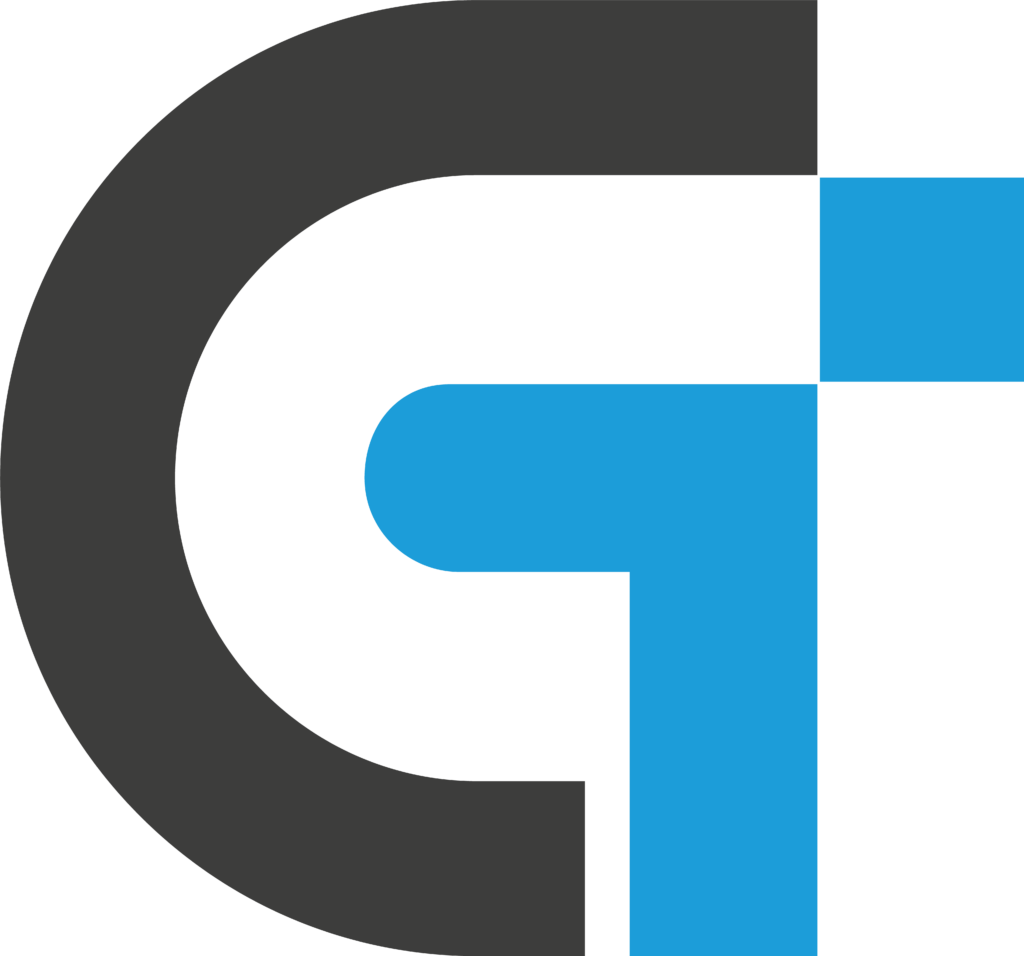Optimizing Business Operations: A Comprehensive Guide to Maximum Efficiency
Optimizing business operations is essential for companies striving to stay competitive and achieve sustainable growth. Streamlining processes and leveraging technology can enhance productivity, reduce costs, and improve overall performance. This comprehensive guide offers actionable strategies to help you optimize your business operations for maximum efficiency.
Conduct a Thorough Process Analysis
Identify Operational Inefficiencies
Begin by mapping out your current processes. Identify bottlenecks and areas where resources are underutilized. A clear understanding of your workflow will help you pinpoint inefficiencies. For instance, if a particular task takes longer than expected or requires more resources than initially planned, it indicates a need for process refinement. Regularly reviewing your processes can uncover hidden inefficiencies that, when addressed, can lead to significant performance improvements.
Utilize Process Mapping Tools
Use tools like flowcharts and process mapping software to visualize your operations. These tools can make it easier to identify redundant steps and areas for improvement. Flowcharts, for example, can provide a visual representation of each step in a process, helping you to see where delays or unnecessary actions occur. Advanced process mapping software can offer simulations to test proposed changes before implementing them, ensuring that you make data-driven decisions that enhance operational efficiency.
Leverage Automation
Automate Routine Tasks
Automating routine tasks can save time and reduce human error. Tools such as customer relationship management (CRM) systems, email marketing automation, and inventory management software can be highly effective. For example, CRM systems can automate follow-up emails, track customer interactions, and manage sales pipelines, freeing up your team to focus on more strategic tasks. Similarly, inventory management software can automate stock level monitoring, reorder products automatically, and reduce the likelihood of stockouts or overstock situations.
Integrate AI and Machine Learning
Artificial Intelligence (AI) and machine learning can enhance automation by offering predictive analytics and smarter decision-making capabilities. AI can analyze large datasets to identify trends and make predictions, such as forecasting demand or identifying potential supply chain disruptions. Machine learning algorithms can optimize scheduling, enhance customer segmentation, and improve product recommendations, leading to more efficient and personalized business operations.
Enhance Communication
Promote Open Communication
Encourage open communication among team members. Utilize collaboration tools like Slack, Microsoft Teams, or Asana to streamline communication and ensure alignment. These tools facilitate real-time messaging, file sharing, and project management, making it easier for teams to collaborate effectively. Open communication fosters a culture of transparency and trust, which can lead to higher employee engagement and better problem-solving.
Hold Regular Meetings and Solicit Feedback
Conduct regular meetings to discuss progress and gather feedback. This helps identify issues early and fosters a culture of continuous improvement. Regular check-ins, whether daily stand-ups or weekly reviews, provide opportunities to address challenges, celebrate successes, and adjust plans as needed. Soliciting feedback from team members also ensures that everyone feels heard and valued, which can improve morale and productivity.
Invest in Employee Training
Promote Continuous Learning
Invest in ongoing training programs to keep your team updated with the latest skills and technologies. This can significantly boost productivity and morale. For example, offering workshops, online courses, or certifications in emerging technologies can help employees stay ahead of industry trends. Continuous learning opportunities can also improve employee retention by showing that you value their professional development.
Encourage Cross-Training
Encourage cross-training to ensure employees are versatile and capable of handling multiple roles. This can improve flexibility and reduce downtime. Cross-training can involve job rotation, where employees spend time working in different departments, or formal training sessions that teach new skills. This approach not only enhances operational resilience but also promotes a deeper understanding of the business, leading to more innovative solutions and better teamwork.
Adopt Lean Management Principles
Focus on Waste Elimination
Lean management focuses on eliminating waste in all forms, including excess inventory, overproduction, and unnecessary motion. Streamline processes to focus only on value-added activities. By identifying and removing waste, you can reduce costs, improve quality, and increase customer satisfaction. Techniques such as value stream mapping and 5S (Sort, Set in order, Shine, Standardize, Sustain) can help you identify and eliminate non-value-added activities.
Implement Continuous Improvement (Kaizen)
Foster a culture of continuous improvement. Encourage employees to suggest enhancements and make incremental changes regularly. Kaizen, a Japanese term meaning “change for the better,” emphasizes small, continuous improvements that collectively lead to significant gains in efficiency and quality. Implementing suggestion schemes, conducting regular improvement workshops, and celebrating small wins can help embed a culture of continuous improvement in your organization.
Utilize Data Analytics
Embrace Data-Driven Decision Making
Use data analytics to gain insights into your operations. Analyzing data helps you make informed decisions and identify trends that can improve efficiency. For example, data analytics can reveal patterns in customer behavior, operational bottlenecks, or areas where costs can be reduced. By leveraging data, you can make strategic decisions that are backed by evidence, rather than intuition, leading to more predictable and successful outcomes.
Monitor Key Performance Indicators (KPIs)
Track KPIs to measure performance. Common KPIs include cycle time, throughput, and defect rates. Regularly review these metrics to ensure you are meeting your efficiency goals. KPIs provide a quantifiable measure of performance, allowing you to track progress over time and identify areas needing improvement. By setting clear targets and regularly monitoring KPIs, you can ensure that your business operations are aligned with your strategic objectives.
Outsource Non-Core Activities
Concentrate on Core Competencies
Outsource non-core activities such as IT support, payroll, and customer service. This allows you to concentrate on your core competencies and allocate resources more effectively. Outsourcing can provide access to specialized expertise, reduce operational costs, and free up internal resources to focus on strategic initiatives. For example, outsourcing IT support can ensure that your technology infrastructure is managed by experts, while your team focuses on developing innovative products or services.
Select Reliable Partners
Ensure you select reliable outsourcing partners. Conduct thorough research and choose partners with a proven track record. Evaluating potential partners based on their experience, reputation, and service level agreements (SLAs) can help ensure that they meet your quality standards and business requirements. Building strong relationships with outsourcing partners can also lead to long-term collaboration and mutual success.
Conclusion
Optimizing business operations for maximum efficiency is an ongoing process that requires careful planning and execution. By conducting thorough process analysis, leveraging automation, enhancing communication, investing in employee training, adopting lean management principles, utilizing data analytics, and outsourcing non-core activities, you can significantly improve your business operations.
For more detailed guides and actionable strategies, consider exploring resources from HubSpot Blog, Forbes, Entrepreneur, Business News Daily, and Inc..
.
This article is generated by SafeComs AI, Automation Bot.





Leave a Reply